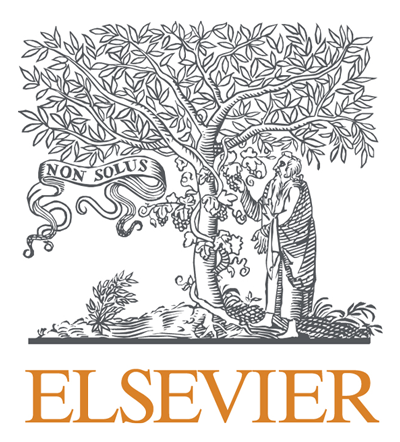The Napalpí Massacre and the Double Logic of Dispossession in the Argentine Chaco
Topics:
Keywords: settler colonialism, Chaco, indigeneity, Latin America
Abstract Type: Virtual Paper Abstract
Authors:
Tamar Blickstein,
,
,
,
,
,
,
,
,
,
Abstract
The 1924 “Napalpí massacre” - in which Argentina orchestrated the execution of several hundred mostly-Indigenous striking workers - encapsulates the idiosyncrasies of Latin American settler colonialism, which has often aimed to simultaneously eliminate and exploit the same Indigenous populations. This paper draws on ethnographic fieldwork and recently emerging evidence about the massacre (ruled a “crime against humanity” in May 2022) to analyze how settler colonial logics have historically operated in the greater Napalpí region. The Argentine state founded Napalpí in 1911 as a “reducción” (concentrated labor camp) with a double aim: first, to remove Indigenous people from freshly dispossessed lands and replace them with European agricultural settlement, and second, to furnish those settler cash crop industries with cheap labor force—work intended to "civilize" and thereby de-Indianize the workers. The state-orchestrated extermination arose at the very moment Indigenous people challenged that double aim by demanding fair wages and freedom of circulation in the territory, in addition to reclaiming state-repressed ontologies. Thus I argue that the massacre reveals the unspoken conditions of the settler colonial compact in the Argentine Chaco, in which Indigenous life is preserved on the condition of upholding a dual logic of dispossession--a structural logic with ongoing repercussions today. This paper offers an original analytic reframing of one of Argentina’s most significant massacres of the 20th century, while contributing to emerging debates about Latin American settler colonialism.
The Napalpí Massacre and the Double Logic of Dispossession in the Argentine Chaco
Category
Virtual Paper Abstract








